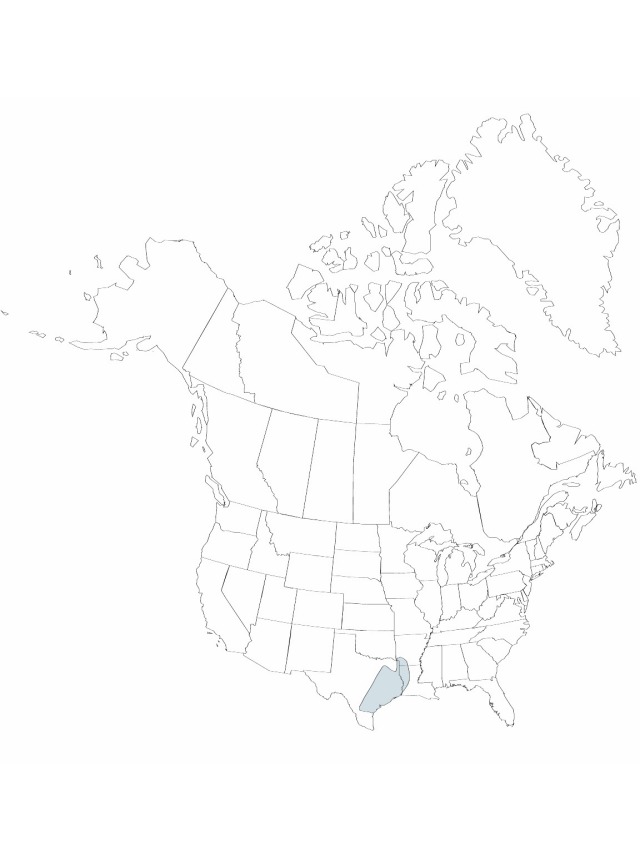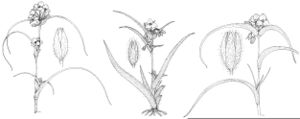Difference between revisions of "Tradescantia reverchonii"
14:190. 1904.
FNA>Volume Importer |
imported>Volume Importer |
||
| Line 5: | Line 5: | ||
|place=14:190. 1904 | |place=14:190. 1904 | ||
|year=1904 | |year=1904 | ||
| + | }} | ||
| + | |special_status={{Treatment/ID/Special_status | ||
| + | |code=F | ||
| + | |label=Illustrated | ||
| + | }}{{Treatment/ID/Special_status | ||
| + | |code=E | ||
| + | |label=Endemic | ||
}} | }} | ||
|basionyms= | |basionyms= | ||
| Line 41: | Line 48: | ||
|publication title= | |publication title= | ||
|publication year=1904 | |publication year=1904 | ||
| − | |special status= | + | |special status=Illustrated;Endemic |
| − | |source xml=https:// | + | |source xml=https://bibilujan@bitbucket.org/aafc-mbb/fna-data-curation.git/src/bb6b7e3a7de7d3b7888a1ad48c7fd8f5c722d8d6/coarse_grained_fna_xml/V22/V22_575.xml |
|genus=Tradescantia | |genus=Tradescantia | ||
|species=Tradescantia reverchonii | |species=Tradescantia reverchonii | ||
Revision as of 22:24, 27 May 2020
Herbs, erect or ascending, rarely rooting at nodes. Roots thick, fleshy, densely brownish-tomentose. Stems erect or ascending, unbranched or sparsely branched, 30–105 cm; internodes arachnoid-pubescent. Leaves spirally arranged, sessile; blade linear-lanceolate, 10–35 × 0.7–2.8 cm (distal leaf blades equal to or narrower than sheaths when sheaths opened, flattened), apex acuminate, arachnoid-pubescent, especially on sheaths. Inflorescences terminal, often axillary; bracts foliaceous. Flowers distinctly pedicillate; pedicels 1–2.3 cm, pilose or villous with eglandular or mixed eglandular, glandular hairs; sepals 5–14 mm, pubescent with mixture of glandular, eglandular hairs; petals distinct, bright blue-violet, rarely rose or white, broadly ovate, not clawed, 15–18 mm; stamens free; filaments bearded. Capsules 6–8 mm. Seeds 3–4 mm; hilum as long as seed. 2n = 12, 24.
Phenology: Flowering spring–summer (Mar–Jul).
Habitat: Sandhills with oaks, pine woods, rocky open woods, rarely seepage areas, and roadsides
Distribution

Ark., La., Tex.
Discussion
Selected References
None.
